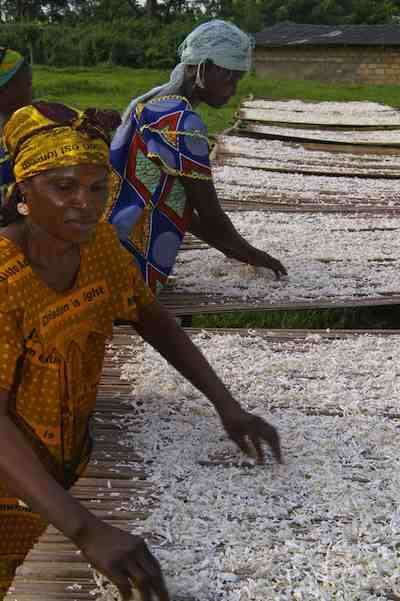Nature's on the Rebound Thanks to DDT Ban
June 14, 1997 marked the 25th anniversary of the banning of DDT. Bird species nearly wiped out by the pesticide have rebounded remarkably.

Crop yields of Cassava, the main staple in the diets of 200 million Africans have rebounded since the introduction of a mite from across the ocean. Cassava has thrived in the poor drought-hardened soils of Africa without any of its natural pests since its introduction in the 15th century from Latin America. That was true until the 1970's when the Cassava Green Mite arrived on the scene wiping out half the cassava yields and endangering the livelihoods of poor farmers who relied on the crop.
Researchers at the International Institute of Tropical Agriculture in Nigeria have succeeded in finding a natural preditor for the grreen mite among the fields of northeastern Brazil. And employing the control mite has already improved yields by one-third, the rapid response surprising even the entomologists.
They began looking for this solution in 1983 determined to avoid the use of chemicals and pesticides which are expensive and labor intensive. And with the new mite a permanent part of the landscapes of Benin, Nigeria, Cameroon, and Ghana (thus far), the cassava plant continues to thrive as a local food source for millions.
-Kudos to the National Zoo's Amazonia Lab for displaying the New York Times article by Henry Fountain; May 25, 1997
Be the first to comment